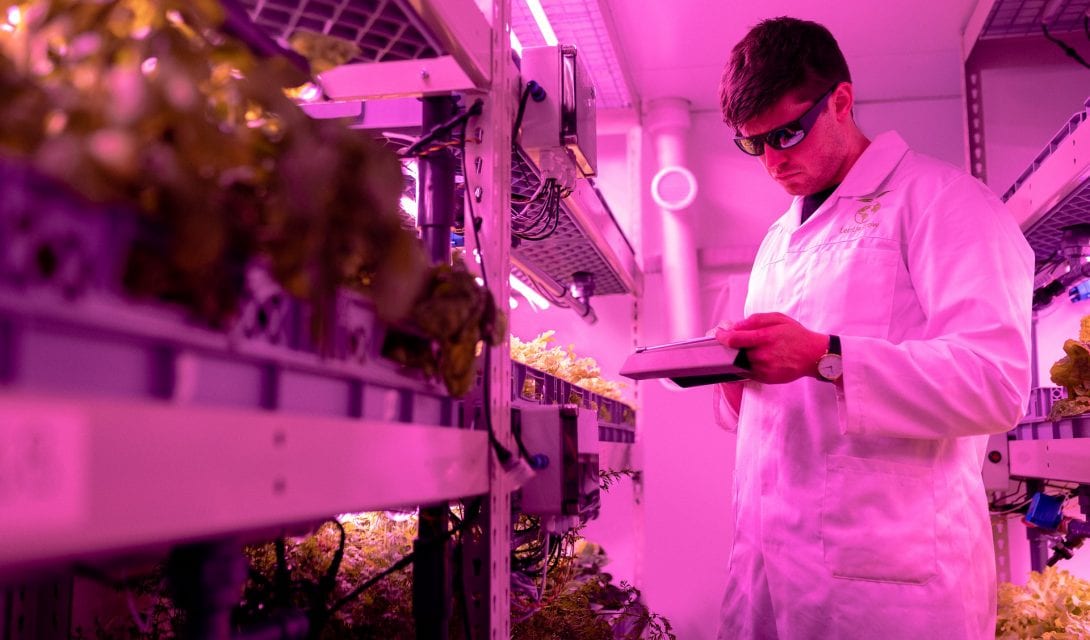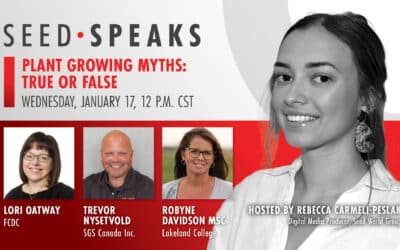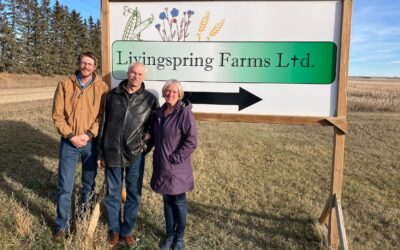Private and public researchers are working together to leverage their expertise to push forward agricultural research.
It may seem that public and private researchers have different goals when it comes to agricultural research. However, their different strategies can work in tandem to drive agricultural research forward. Public research may focus more on high-risk and applied research with federal or outside funding, while private sector researchers focus more on research application.
“For me, the sweet spot for public private sector research is when we identify problems and collaborate and can use that diverse perspective to address the different aspects of the challenge. Public sector researchers can work on basic science high risk solutions as tools and technologies are developed. They then can work with their private sector partners who prototype solutions,” Mitch Tuinstra, professor of plant breeding and genetics in Purdue University’s Department of Agronomy, said during the Jan. 10 episode of Seed Speaks.
Public researchers they have the flexibility to be more curiosity driven in their work and do discovery research. This is complimentary to private research, which focuses on delivering a product, explained Jed Christianson, canola product design lead for Bayer CropScience, explained during the episode.
“As a seed developer, we worry about things like new crop diseases emerging. Having strong public sector research where people can look into how a disease lifecycle cycle works, how widespread is it and what damage it causes really helps inform our product development strategies,” he added.
It’s not always easy though to develop these partnerships. For Christianson, it’s simple to call up a colleague at Bayer and start working on a research project. Working with someone outside of his company requires approvals from more people and potential contracts.
“Partnerships take time, and you always need to be careful when you’re establishing those contracts. For discoveries made within the agreement, there need to be clear mechanisms for sharing credits and guidelines for anything brought into the research to be used in ways that both parties are comfortable with,” Christianson said.
Kamil Witek, group leader of 2Blades, a non-profit that works with public and private ag researchers, pointed out there can be limitations and challenges to these partnerships. While private researchers are driven by being able to make profits and stay ahead of competitors, public researchers may be focused on information sharing and making it accessible to all.
“The way we deal with this, we work in this unique dual market model. Where on one hand we work with business collaborators, with companies to deliver value to perform projects for them. And at the same time, we return the rights to our discoveries to the IP to use for the public good in developing countries,” Witek said during the episode.
At the end of the day, the focus for all researchers is to drive agricultural research forward through combining the knowledge, skills and specializations of the whole innovation chain, Witek added.
“If there’s a win in it for me, and there’s a win in it for my private sector colleagues in my case, because I’m on the public side, it’s very likely to succeed, because there’s something in it for all of us and everyone’s motivated to move forward,” Tuinstra said.
Related Articles
In Ag Research, Losing Funding Can Have Big Ripple Effects
Working Together on Plant Breeding
The First Cut the Deepest for Alberta Winter Wheat Agronomy Research





